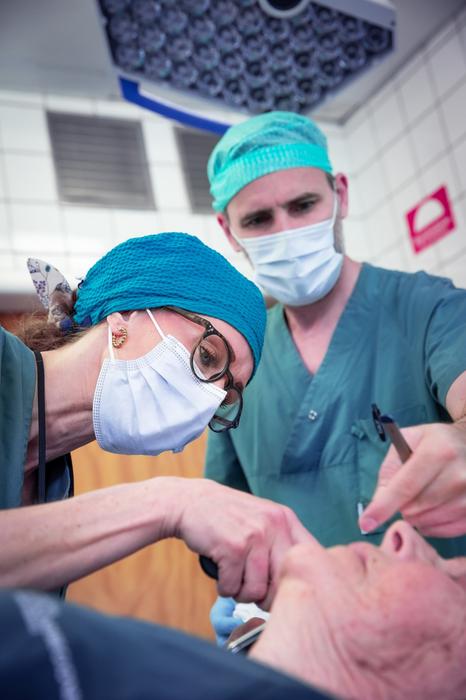A new algorithm may help identify patients who have a highly aggressive form of basal cell carcinoma (BCC) of the face.
For the new study, images of nearly 300 patients with confirmed facial BCC were analyzed. These images were then reviewed by six independent experienced dermatologists who were asked to interpret the observed clinical and dermoscopic findings in each case.
The study pinpointed that the BCCs with a bumpy surface had a strong association with high-risk subtype of BCC. Moreover, poorly defined borders, and presence of a lighter area (often called “white porcelain area”) were also associated with this high-risk subtype. Small blood vessels in the ulceration were also found to be characteristic of an aggressive form, which was not previously known.
The study shows that the clinical algorithm identifies most cases of high-risk BCC. The algorithm also showed a high positive predictive value, researchers report.
“It is desirable to develop simple preoperative methods that help doctors in identifying these high-risk tumors,” says study author Hannah Ceder, a PhD student at the University of Gothenburg and a specialist physician at the Department of Dermatology and Venereology at Sahlgrenska University Hospital in Sweden, in a news release. “Therefore, our clinical algorithm is relevant and important. This would make it easier to determine which tumors can be easily removed with traditional surgery without a prior biopsy, and which ones require further investigation to screen out the cases that require Mohs micrographic surgery,”
PHOTO CREDIT: Paul Björkman, Sahlgrenska University Hospital.


